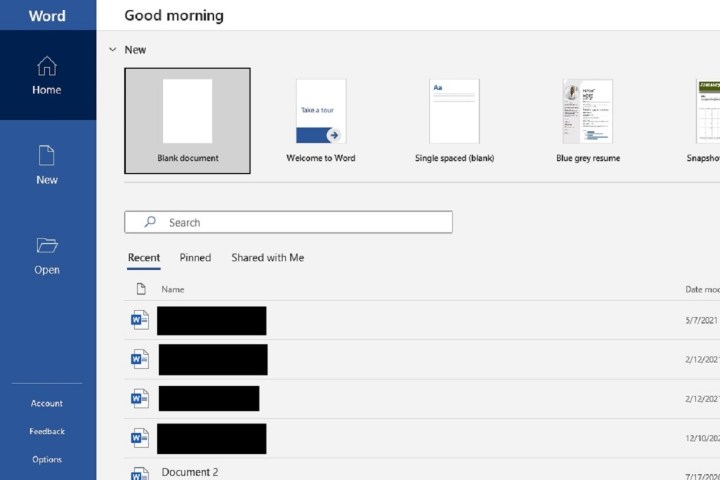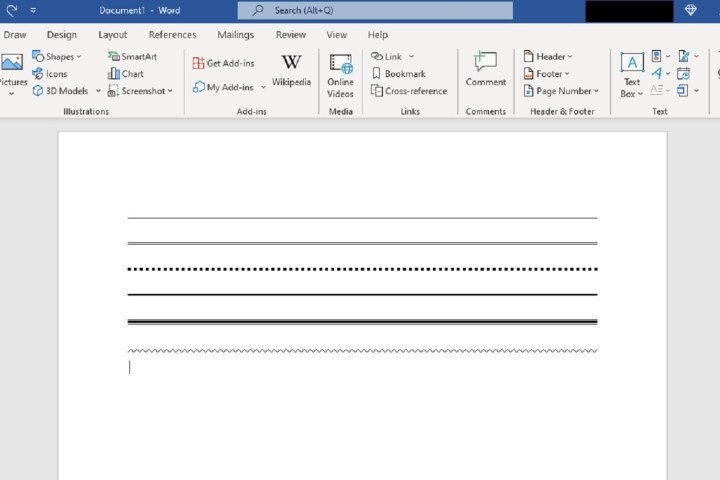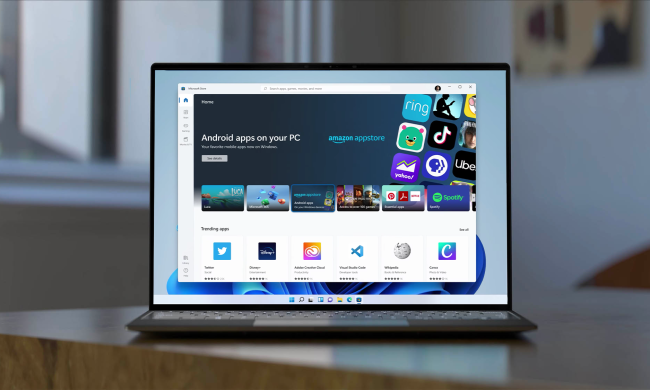
Microsoft's flagship word processor has tons of neat little features to customize your documents, and it can be hard to keep track of and master them all. But with our quick guides to using Word, we can help you learn how to use the tools you'll need to get up and running and make the most out of it.
If you want to learn how to insert a line in a Word document, you've come to the right place. In this guide, we'll show you how to insert a line in Word via two methods: by using its menus and via its handy AutoFormat feature.
How to insert a line in Word using menu options
Step 1: Open your desired document in Word or create a new Word document.

Step 2: Go to the Insert tab and select Shapes.

Step 3: Within the section labeled Lines, choose your preferred line style.

Step 4: Move your mouse pointer to where you want to insert your line, and click and hold it as you drag it across the page to the desired endpoint of your line. Then release your hold.

How to insert a line in Word using your keyboard AutoFormat
Step 1: Open your desired document or create a new Word document.
Step 2: In the document, put your cursor where you want to insert the line. Then press the Hyphen key on your keyboard three times. (This key should be located in between the zero key and the plus/equal sign key.) Then press the Enter key.
Step 3: A line that stretches between both ends of the width of the page (minus the margins) should automatically appear. If you want to type on it, simply move your cursor above the line and type.
Step 4: You can customize the style of your inserted line by choosing a different keyboard key to press three times. For example, pressing the Plus/Equal Sign key three times and then Enter will produce a set of two parallel lines. Here are some other options:
- Three asterisk key presses: Will produce a line of square dots.
- Three underscore key presses: Will produce a bold line.
- Three number sign key presses: Will produce a group of three lines (one bold with two thin).
- Three tilde key presses: Will produce a zig-zag line.
Note: The above bulleted line styles will require using the Shift key plus the key listed and then Enter in order to work.



